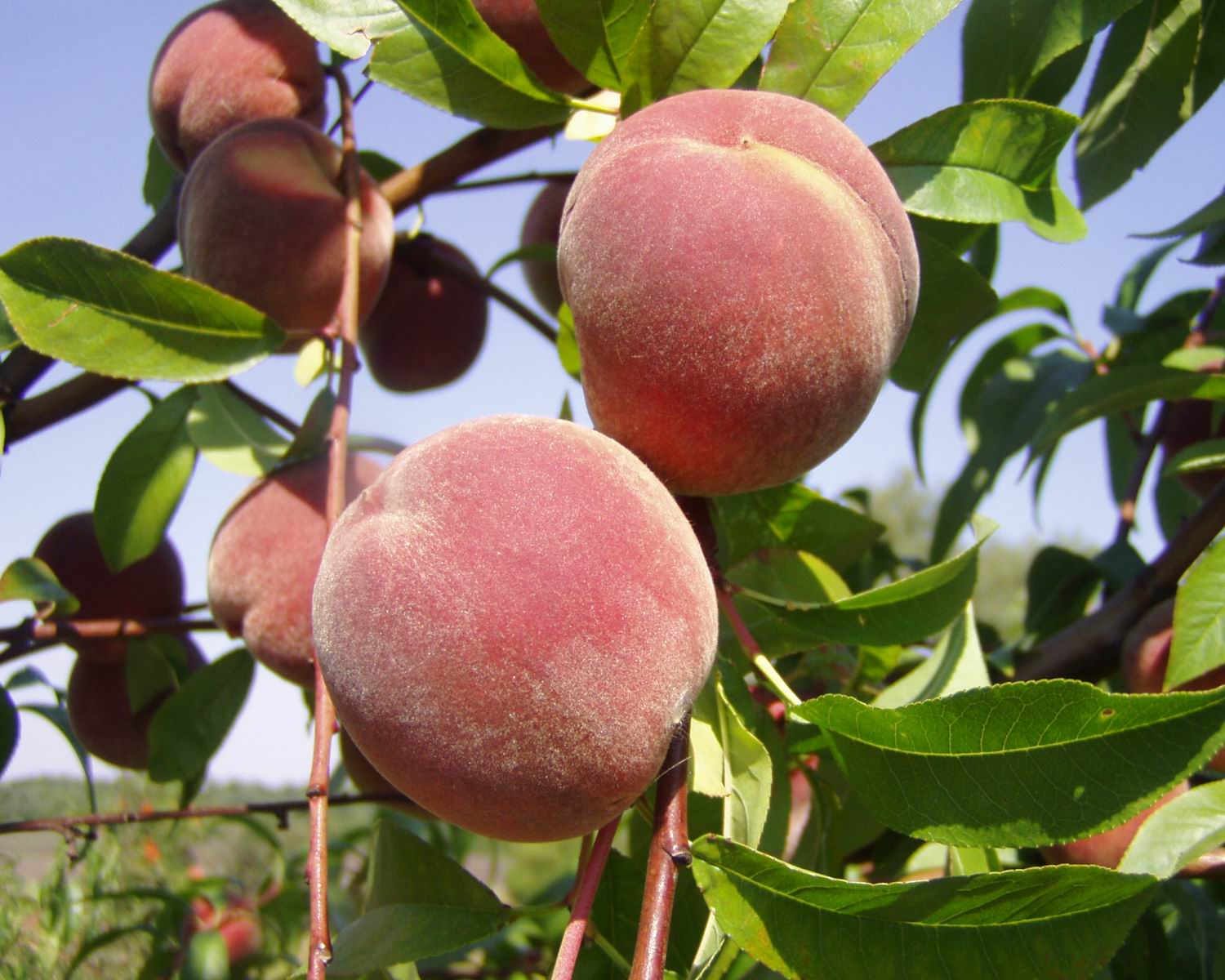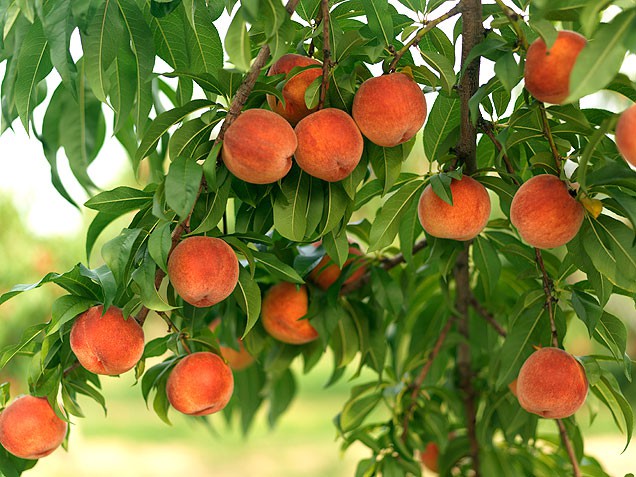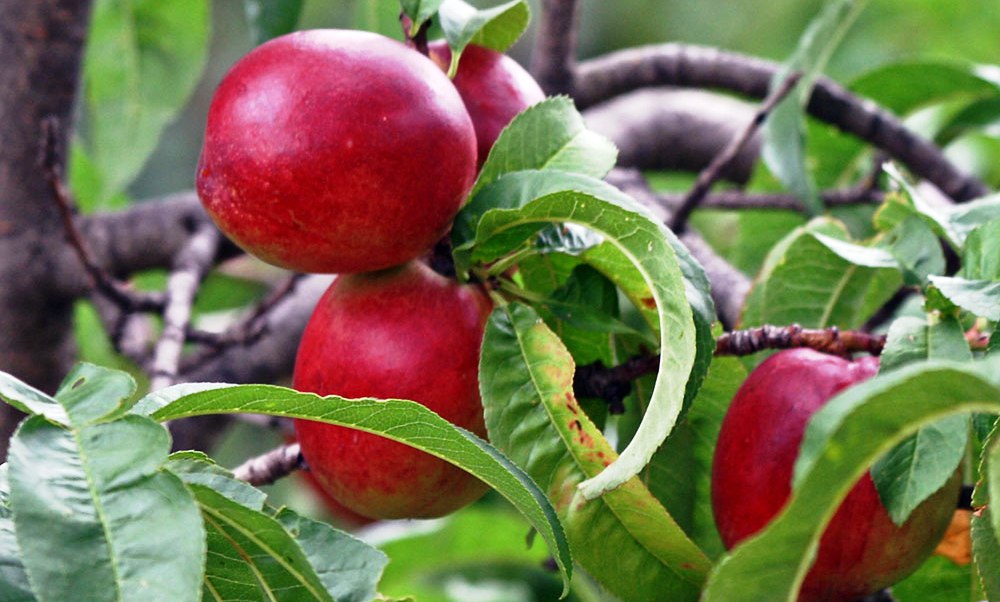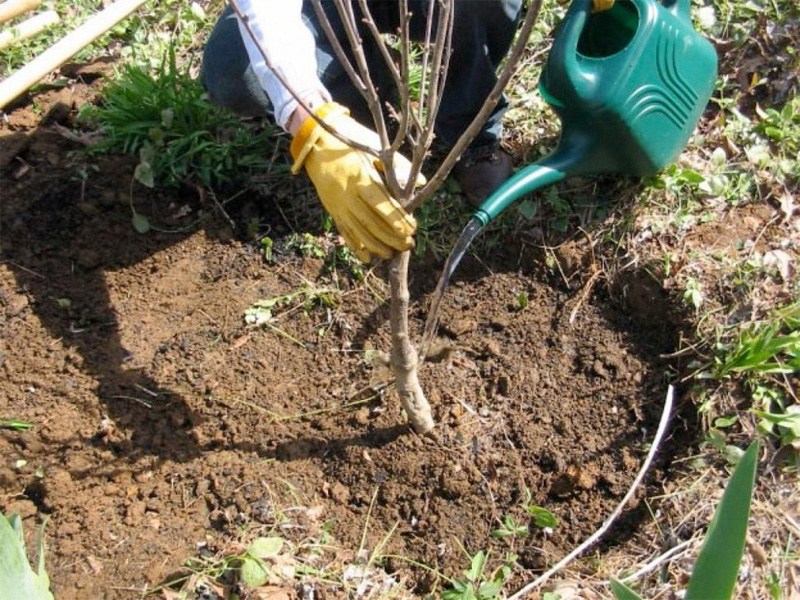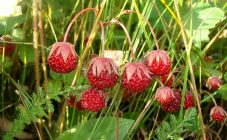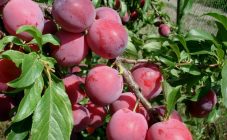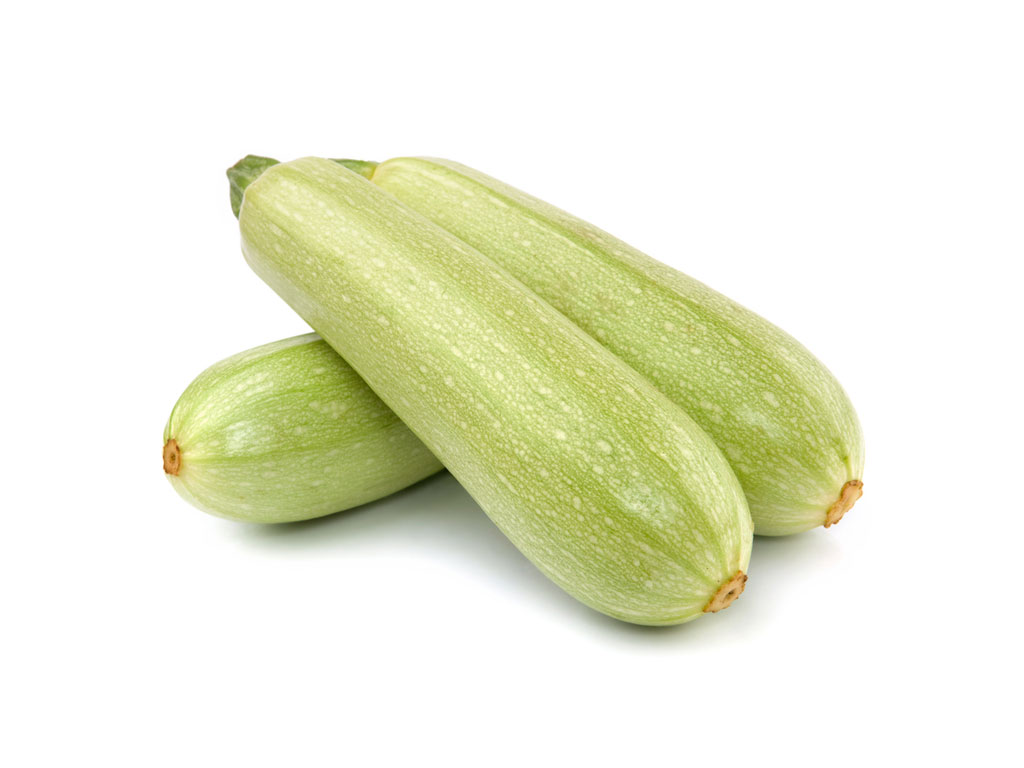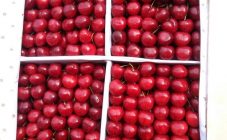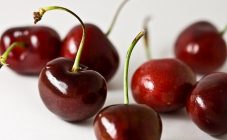China is considered the birthplace of the peach, although it got its name from Persia, it was from there that it was brought to the European southern countries. The fruit came to Persia from China, where it still grows wild in the central and northern regions. Since the 19th century, active selective work began (cross-pollination, grafting), thanks to which varieties appeared that made it possible to grow in cooler regions (Kiev, Kaluga, Voronezh). The main plantings of peach are recorded in the subtropics, warm regions of European, Asian countries and the Caucasus.
general information
Family Pink, subgenus Almond.
All peach trees are divided into 4 categories (in shape):
- a real peach with pubescent fruits;
- empty peach or nectarine;
- Potanin's peach;
- fig, Fergana peach, flattened shape.
It is difficult to name unambiguously the time when peaches ripen - this process depends, first of all, on the characteristics of each variety, on the climatic conditions in the growing region and on the tree care itself. Peach seasonality is long - 4 months. Early ripening varieties bear fruit from June to August, mid-ripening ones - August-September, late ones - September-October.
The best early ripening varieties: White Swan, Kiev Early, Grisborough, Redhaven, Morettini.
The best mid-season varieties: Donskoy, Saturn, Sibiryak, Cardinal, Kremlin, Golden Moscow, Collins.
Better late varieties: Veteran, Fury, Frost.
Self-pollinated varieties are popular: Volcano, Inka, Harnas, Golden Jubilee.
Description of the plant:
- shrub or woody form of perennial;
- height - from 3 to 9 meters;
- wide, spreading crown, due to skeletal branches with a large angle of deviation from the main trunk;
- slightly buried root system (0.6-0.7 m);
- pink flowers, lanceolate leaves with jagged edges;
- fruits are spherical, 80-200 g, with a groove on one side, different colors (pink, yellow with red veins, yellow-red, red-carmine), the flesh is white, yellow and yellow-orange;
- the bone is wrinkled, with punctate dimples.
The ripeness of a peach is determined by the color of the skin - ripe fruits change the green color of the peel to yellow, followed by the appearance of red cheeks, there are exceptional varieties that, already being red for a long time, do not have time to ripen.
Peach ripening time
China takes the leading place in the cultivation of peaches, growing more than 500 varieties. Ripening in July-August.
The ripening season of peaches in Russia begins from the second month of summer, depending on the climatic conditions of the growing region and the variety of the plant itself. The main regions for growing peach crops in Russia are the Crimea and the North Caucasus.
Peach is one of the main stone fruit crops in Crimean gardens. Lovers of this incredibly sweet and tender fruit are worried about when do peaches ripen in Crimea? Mass ripening there begins from the beginning of July, early varieties ripen: Greensboro, Favorite Moretini, Fluffy Early, Redhavin, Frant and Juicy, exceptional varieties ripen in June - they differ in smaller fruits. Later varieties of peaches ripen in the Crimea in late July or early August: Soviet, Laureate, Golden Jubilee, Zlatogor. Table varieties belong to the Crimean August peaches: Krasnoshekiy, Veteran, Lola, Krasnaya Maiden and Kremlin.In late August, early September, mid-late peaches ripen in Crimea: Golden Moscow and Tourist.
Krasnodar peaches have gained particular popularity - tender, juicy, sweet, most importantly - hard, which is an important indicator in transportation and sale. So, when do peaches ripen in the Krasnodar Territory? Due to the wide variety of varieties planted, ripe fruits are obtained from July to the second decade of September. Depending on the variety, they ripen in different ways, on one tree all the fruits cannot ripen at once, which makes it possible to harvest for a long time. Particular preference is given to winter-hardy varieties (Veteran, Pink Princess, Velvet Season and Memory of Simirenko). Nectarines are also harvested from July to September.
In Abkhazia, a country with a mild climate and rich nature, the peach season also begins in July and lasts until mid-September. The main areas of concentration of the peach culture are the Gali, Sukhum and Gudauta regions, where it grows in the form of continuous plantings.
Sunny Uzbekistan, due to its climatic features, receives the gifts of peach trees a little earlier. You can enjoy the first fruits already in June, when early ripe peaches ripen. In August, the seasonal boom of mass ripening of most varieties of peaches and nectarines begins.
When do the famous peaches of Armenia ripen, saturated with special sweetness, juiciness, grown under the bright sun, in clean mountainous regions? Depending on the variety, ripening begins in the second decade of July and lasts until the end of October. Armenian peaches stand out for their high fruit quality, size, aroma.
Turkey is a paradise for plant food lovers. They use fruits, vegetables and berries all year round; peaches, by the way, are in great demand. More than 100 varieties of peaches are grown there. Nectarines begin to ripen in the first month of summer; real peaches appear closer to July.
Growing in different regions
Peach is a thermophilic culture. This is perhaps the single most important criterion in growing it. He is practically indifferent to the composition of the soil, the exception is soil with a high content of limestone - he does not tolerate it. Watering should be moderate.
Landing features
In the southern regions of Russia, it is advisable to plant young peach seedlings in September or October, since weather conditions favor adaptation to a new place of residence before the onset of cold weather, make it possible for the peach to grow young roots and prepare for intensive life with the arrival of spring. Planted seedlings in spring suffer from the scorching sun and in most cases coarse and dry out.
In the regions of the middle and northern strip, you can plant a crop in spring and autumn, focusing on the weather.
Growing in any areas other than southern ones requires preparing peach trees for winter, otherwise the plant will die:
- digging the soil of a peach garden in the fall;
- application of mineral and nitrogen fertilizers;
- water charging soil irrigation (moistening down to 0.7 meters, before the onset of frost);
- trimming;
- whitewashing of boles and bases of skeletal branches;
- the roots are insulated with a certain amount of manure, the trunk is wrapped with straw, reeds;
- the shelter itself (depending on the region, it can be temporary, permanent).
The peach blooms incredibly beautifully - delicate pink buds cover almost the entire tree, while exuding an indescribably tasty aroma. When the peach is already ripe, this aroma becomes less pronounced, but intense. The fruits themselves, ripening, dress up in an incredibly delicate color. The fruit is useful, has medicinal properties, is used in cosmetology, the most important thing is that it is unrealistically tasty.Thanks to the many different species and varieties, it is possible to feast on peaches almost all summer.
